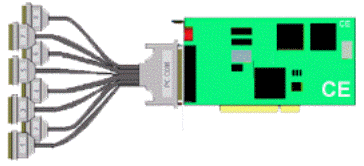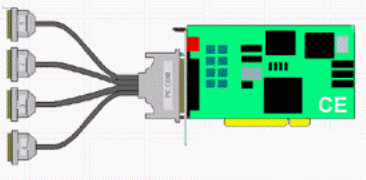 |
|
|
|
|
| Multi port cards
are available in two types, so-called umb?and
ntelligent: boards. Intelligent boards incorporate a dedicated
microprocessor and addition memory for buffering. Dumb are simple
extension to standard serial hardware and offers few
enhancements, except that they have independent
IRQî–¸.
Intelligent serial boards are not always superior to dumb multi port boards. They often have speed limitations that reduce their utility. The additional level of complexity adds one more place for software and hardware faults. The level of performance that intelligent boards promise may be better achieved by multi computers, with dumb serial boards, all linked with a LAN. The redundancy that this offers is substantial, and the cost may not exceed that of a single computer with intelligent boards. |
|
|
|
|
This is a specification that is somewhat outdated and means little these days. The old definition of intelligent was a card that did some sort of character processing on-board. They would convert carriage-re-turns into line-feeds, or tabs into spaces. This serves the Internet access and Home automation community very little. Today, this intelligence has been used to control buffers and move data. The more intelligent a card is, the faster and more efficient it is at moving data. Rely on this. 16550 UARTs have the most predictable and deterministic timing of most serial cards. The higher-end cards, particularly those using CPU簾���, are not as deterministic due to their buffering and DMA activities. If your application requires strict timing, you should evaluate your serial card choice very carefully. |
|
